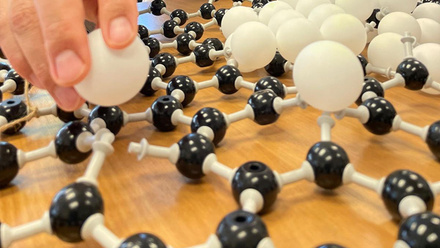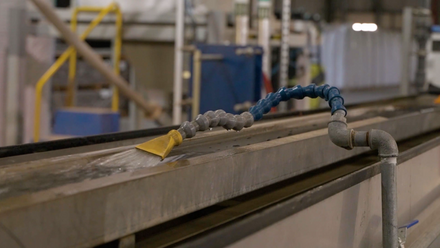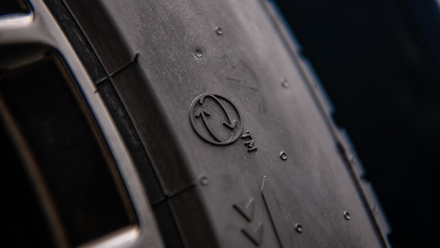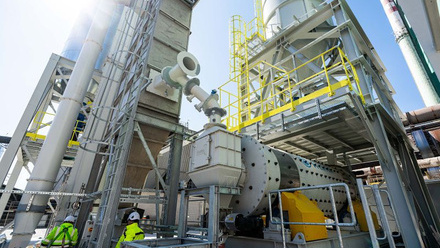Miniature glucose fuel cell for medical implants
A biocompatible glucose fuel cell scores the highest power density.
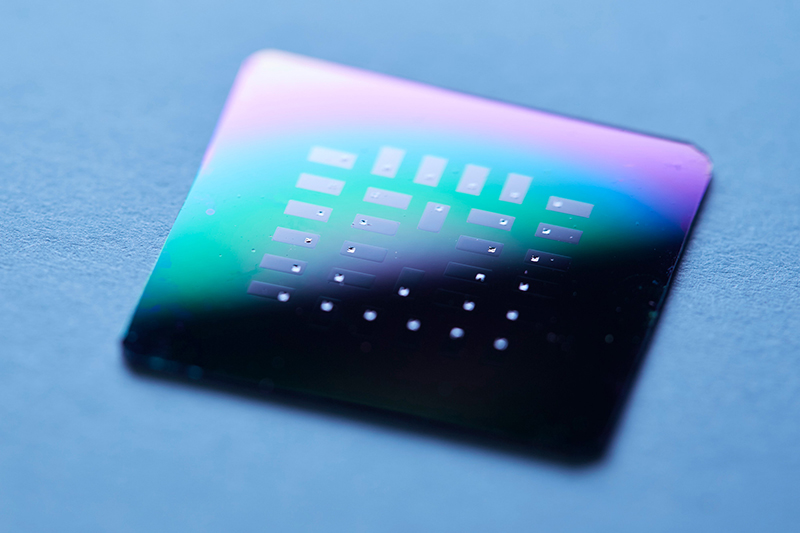
Silicon chip with 30 individual glucose micro fuel cells, seen as small silver squares inside each gray rectangle
© Kent DaytonA new glucose cell that converts glucose directly into electricity is just 400nm thick, a hundredth of a human hair.
Generating around 43µW, the device from engineers at the Massachusetts Institute of Technology, USA, and the Technical Univeristy of Munich, Germany, has the highest power density in ambient conditions for any glucose cell yet.
It can tolerate up to 600°C and, if integrated into a medical implant, could remain stable while being sterilised at a high-temperature.
The electrolyte is ceria, a ceramic that the researchers say has high ion conductivity, is mechanically robust and used widely in hydrogel fuel cells – as well as having shown to be biocompatible.
The anodes and cathodes are platinum as the metal is higly reactive with glucose.
With 150 individual glucose fuel cells on a chip, each 400nm thin and 300µm wide, the engineers were able to pattern the cells onto silicon wafers. Measuring the currenty across each cell resulted in a peak voltage of about 80mV.
The designers anticipate that it could be made into ultrathin films or coatings to wrap around implants and thereby passively power electronics.
The lead researcher's supervisor, Professor Jennifer Rupp at Technical University Munich, points out that a battery can take up to 90% of an implant's volume, while this cell enables a device to have a power source with no volumetric footprint.


